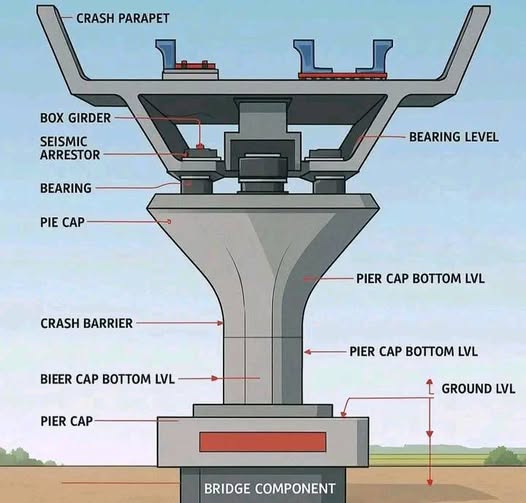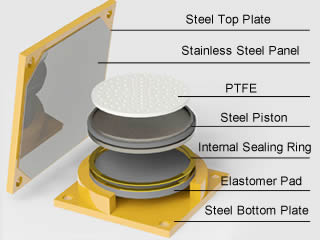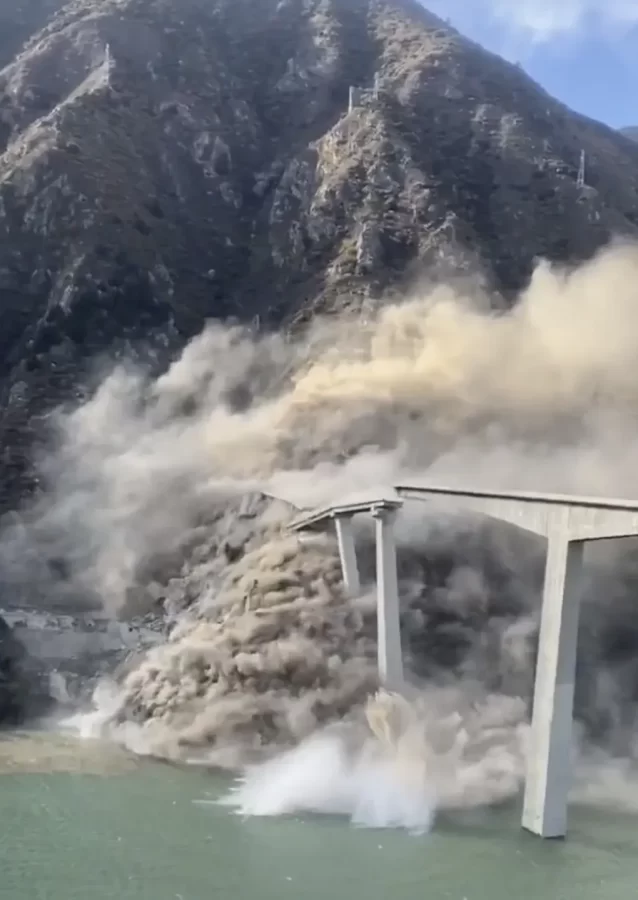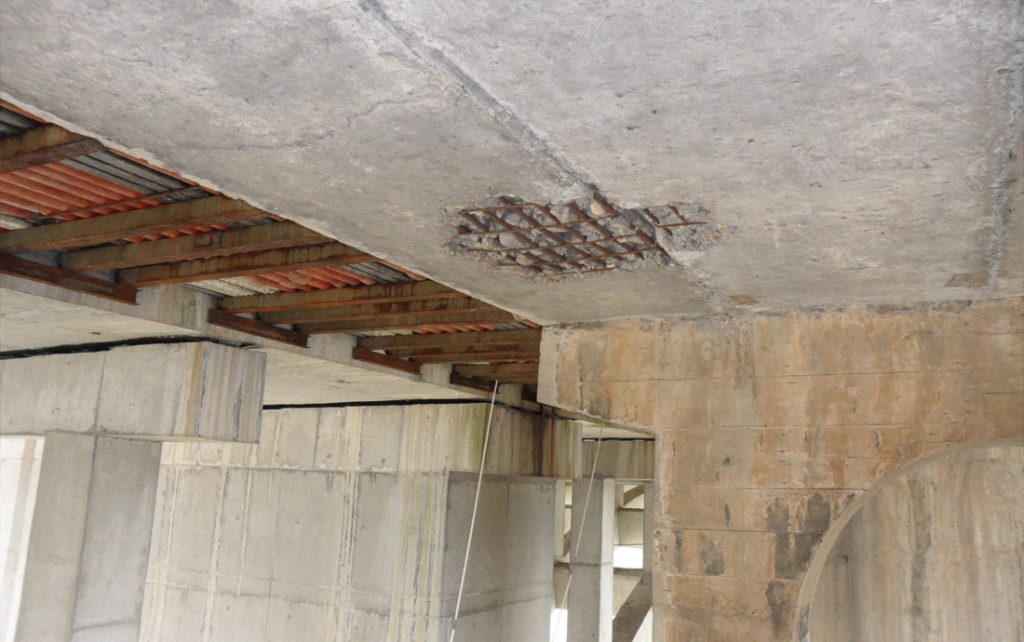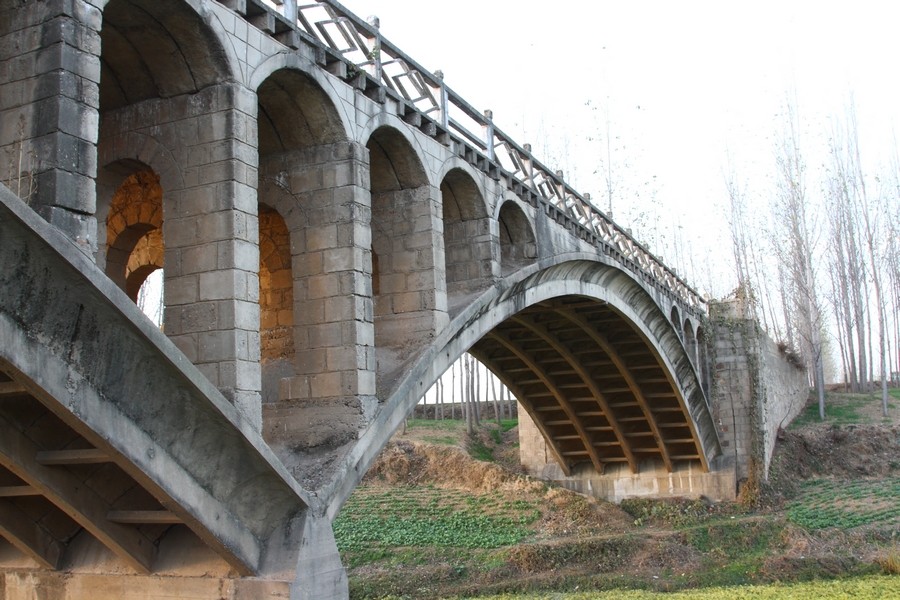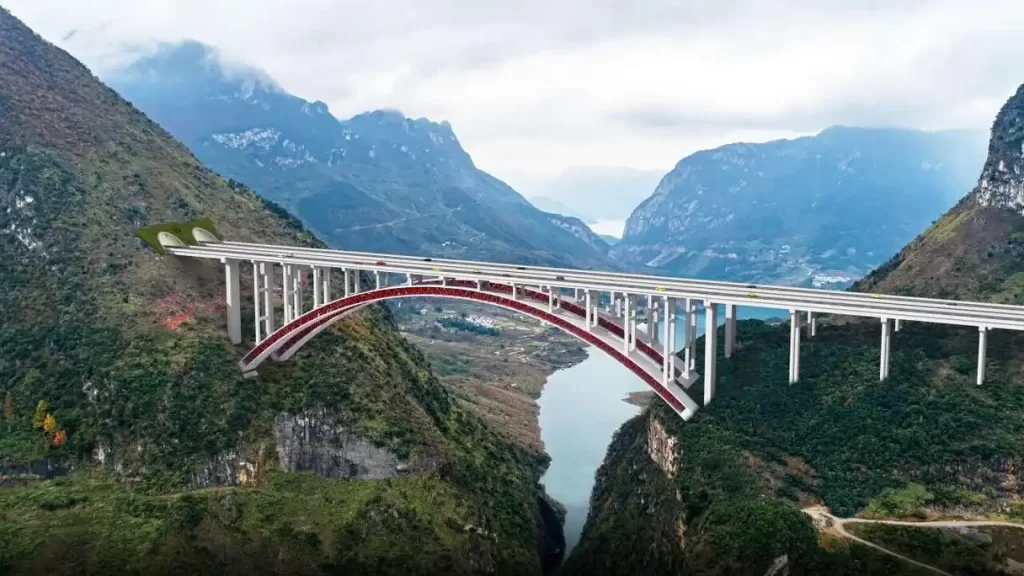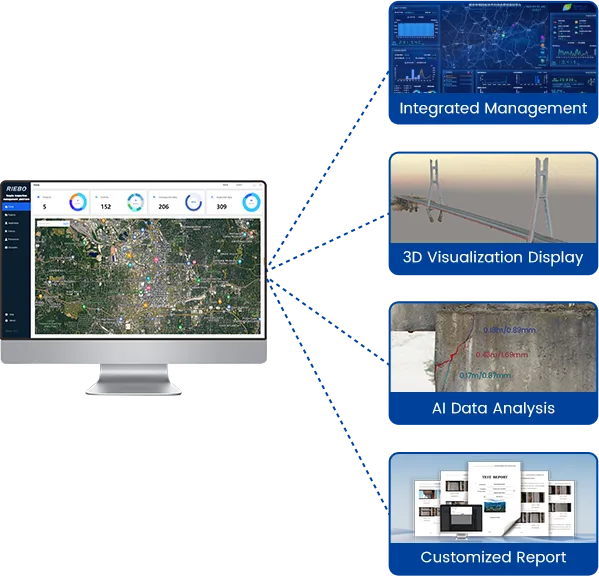As a critical component of bridge structures, the bridge abutment connects the superstructure and the subgrade, ensuring the bridge’s overall stability, load-bearing performance, and traffic safety. However, under long-term service conditions, influenced by geological factors, hydrological conditions, construction quality, and traffic loads, abutments are highly susceptible to various types of deterioration. This article provides a detailed analysis of common abutment disease types, their underlying causes, and effective prevention and repair measures — offering practical guidance for bridge maintenance and engineering management.

Common Types and Manifestations of Bridge Abutment Diseases
Bridge abutment diseases exhibit diverse forms and may occur individually or interact to create chain reactions. The most common types include:
Abutment Settlement and Displacement
This is one of the most typical abutment issues. It manifests as overall or localized subsidence, or horizontal movement toward the river or embankment. Minor settlement may cause small cracks in the abutment body, but severe settlement can lead to uneven bridge decks, creating bumps that cause vehicle impact, bearing voids, and even beam cracking. Abutments built on soft soil foundations are particularly prone to long-term, progressive settlement that is difficult to stabilize.
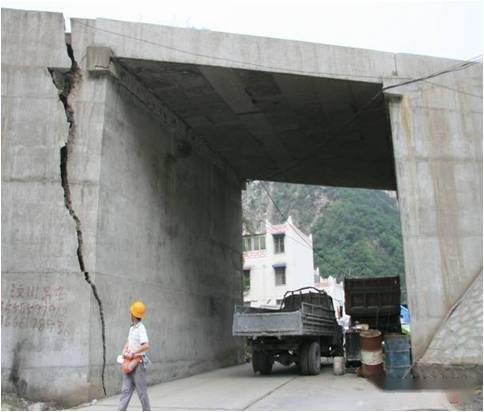
Abutment Body Cracks
Cracks are generally classified as structural (load-induced) or non-structural.
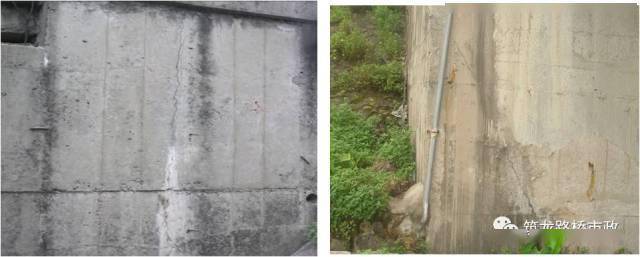
- Structural cracks occur when the abutment bears loads exceeding design limits or experiences abnormal load transfer. These cracks are usually vertical or diagonal and often appear on the traffic-facing surface.
- Non-structural cracks arise from temperature variation or concrete shrinkage, typically forming fine, irregular networks. Though minor at first, they expose reinforcement to corrosion, reducing the abutment’s durability.
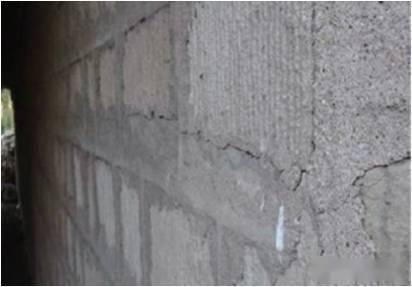
Backfill-Related Diseases
The backfill zone behind abutments frequently suffers from settlement, sliding, and insufficient compaction. Settlement leads to the “bridge head bump” problem, reducing driving comfort and imposing repeated dynamic loads on the abutment, accelerating damage. Backfill sliding, especially during heavy rainfall or flooding, occurs when increased water content weakens soil shear strength. Poor compaction further enlarges void ratios, worsening post-construction settlement.
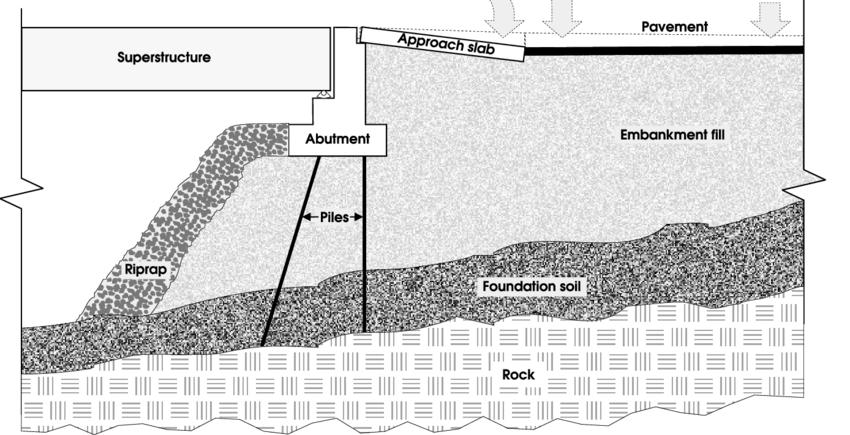
Bearing and Expansion Joint-Related Issues
Though located on the upper structure, these problems are often closely linked to abutment performance. Abutment settlement or displacement can cause uneven bearing loads, resulting in bearing tilting, voids, or premature aging. Expansion joints may deform or leak, allowing rainwater infiltration into the abutment, which accelerates concrete erosion and reinforcement corrosion, forming a vicious deterioration cycle.

Concrete Erosion and Reinforcement Corrosion
In rainy, coastal, or saline regions, abutment concrete is susceptible to surface scaling, spalling, and salt erosion. Once the protective layer is damaged, steel reinforcement corrodes and expands, further cracking the concrete — creating a “corrosion–crack–corrosion” cycle that severely weakens load capacity.

In-Depth Analysis of Abutment Disease Causes
Abutment deterioration results from a combination of factors — including design, construction, environmental, and operational issues — rather than a single cause.
Design Deficiencies: Inadequate Foundation Support
In some cases, insufficient geotechnical investigation leads to poor foundation design choices.
For instance:
- Using shallow foundations on soft ground that cannot sustain loads.
- Ignoring frost heave effects in seasonal frost regions, resulting in horizontal thrust and cracking.
- Incomplete drainage design behind the abutment, allowing rainwater accumulation and soil softening.
Construction Quality: Lack of Process Control
Improper construction practices are a major cause of abutment failure:
- Substandard foundation construction, such as tilted piles or poorly compacted concrete, leads to uneven bearing capacity.
- Concrete placement defects, including poor joint sealing and inadequate curing, reduce strength and cause shrinkage cracks.
- Poor backfill compaction, use of clay-rich or poorly graded materials, and insufficient rolling passes lead to excessive post-settlement.
- Improper bearing installation, causing uneven contact and abnormal stress transfer.
Environmental Factors: Long-Term External Erosion
- Hydrological effects: Continuous rainfall or river scour erodes the foundation, especially during floods.
- Climatic effects: Repeated temperature variations cause expansion–contraction cycles, leading to cracking. Freeze–thaw cycles are particularly damaging in northern climates.
- Geological hazards: Earthquakes, landslides, and debris flows can cause sudden abutment failure, while uneven ground settlement progressively destabilizes structures.
Maintenance Deficiencies: Inadequate Management
Post-construction neglect allows minor defects to worsen:
- Lack of routine inspections prevents early detection of cracks or water leakage.
- Poor expansion joint maintenance allows clogging and water infiltration.
- Overloaded vehicles induce excessive cyclic stress, accelerating fatigue damage — particularly on freight-heavy bridges.
Prevention and Remediation Strategies
Effective abutment management requires a “prevention first, treatment combined” approach, integrating design optimization, construction quality control, and regular maintenance.
Design Optimization: Strengthen the Foundation Defense
- Conduct detailed geotechnical investigations to determine bearing capacity, soil profile, and groundwater level.
- On soft ground, use replacement fill or CFG pile composite foundations to enhance support.
- In frost-prone areas, add anti-frost layers using graded sand or gravel.
- Improve backfill drainage systems with blind drains and perforated pipes.
- Add reinforcement in high-stress zones to improve crack resistance.
Strict Construction Control: Ensure Structural Quality
- Use ultrasonic testing to ensure pile integrity.
- Maintain proper concrete mix design and curing (minimum 14 days).
- Compact backfill in layers with >96% density using well-graded gravel or crushed stone.
- Level abutment tops before bearing installation to ensure full contact.
Scientific Disease Treatment: Targeted Repairs
- Settlement & displacement: Minor settlement can be repaired by grouting behind the abutment; severe cases may require pile underpinning or anchor tie reinforcement.
- Crack repair:
- Non-structural cracks (<0.3 mm): Seal with low-pressure epoxy injection.
- Structural cracks (>0.3 mm): Cut and insert rebar before patching with high-strength repair mortar.
- Concrete & rebar corrosion: Remove loose concrete, clean rusted bars, apply anti-corrosion coating, and patch with polymer-modified mortar or shotcrete.
- Backfill remediation: Excavate poorly compacted soil, refill with suitable material, and recompact; install drainage trenches to prevent water accumulation; for “bridge head bumps,” use approach slabs to smooth transitions.
Maintenance Enhancement: Extend Service Life
- Establish routine inspection schedules focusing on cracks, bearings, and backfill settlement.
- Regularly clean expansion joints to prevent blockages and water ingress.
- After floods or heavy rains, inspect for foundation scour and damage.
- Enforce vehicle weight limits with monitoring systems to prevent overloading.
Conclusion
The prevention and control of bridge abutment diseases is a systematic engineering challenge involving design, construction, and maintenance.
By reinforcing design investigations, ensuring construction quality, and enhancing maintenance management, engineers can significantly reduce disease occurrence, ensure structural safety, and extend bridge service life.
With the continuous advancement of materials and construction technology, future abutment protection will become more efficient, durable, and intelligent, providing stronger assurance for safe and smooth transportation.

